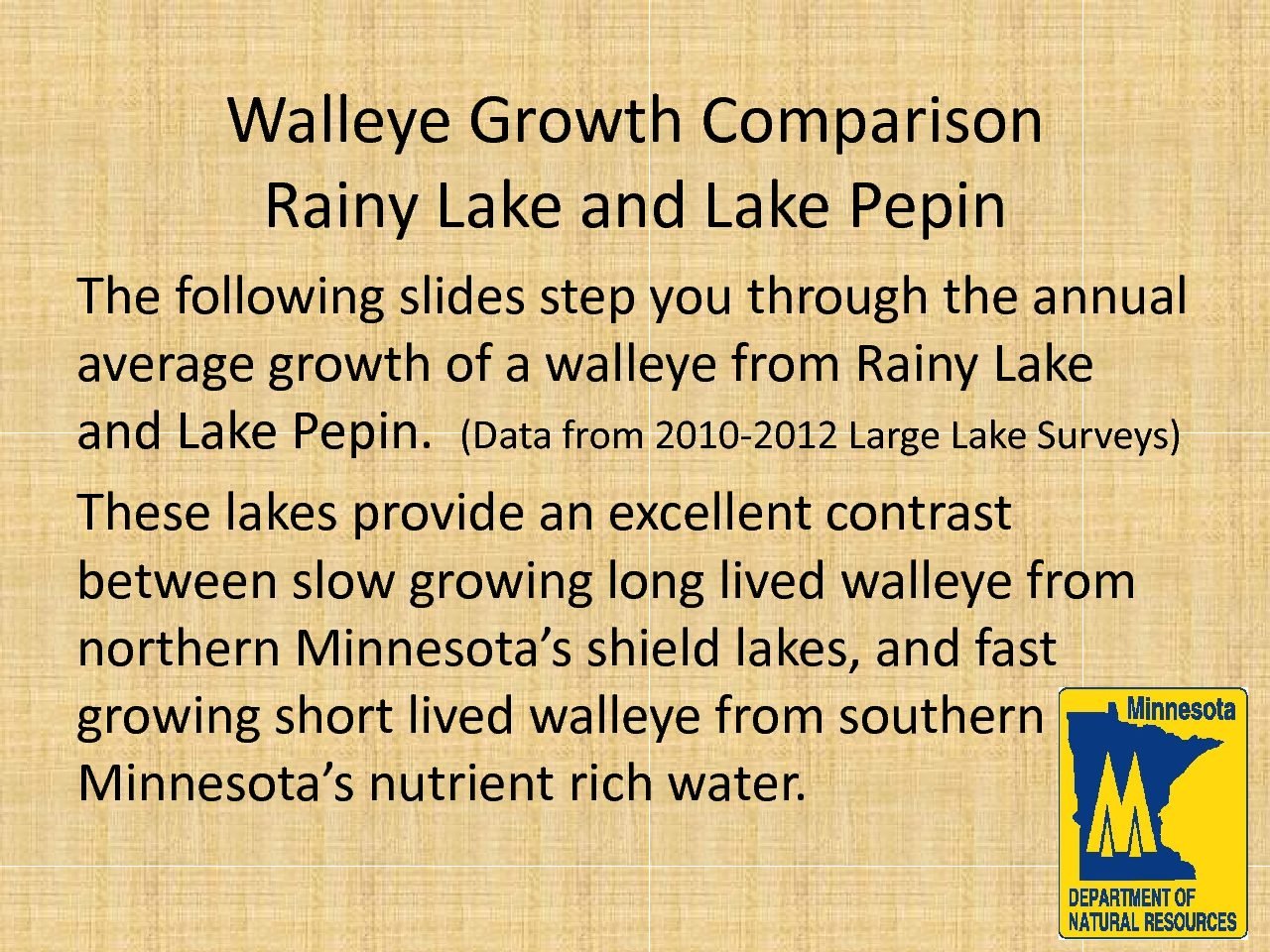Hey Guys,
Sorry I didn’t respond sooner. I just noticed the notification that zooks had asked for some information, and I have to get going to a meeting here soon, but I will try to mention a few quick points on the general topic. As BK mentioned I thought that I had posted something on here before about walleye egg production and walleye size, but couldn’t find it with a quick search. If someone else does please link it back here.
1) As a disclaimer I have never worked in a fish hatchery, but based on conversations with those who do and various articles I have read over the years the general gist is that as female walleyes get older/larger the percentage of eggs that are viable generally drops (the rate and magnitude of this drop likely varies for many reasons), BUT the greatly increased total number of eggs produced by large females as well as the proven growth genetics represented by those fish make them valuable contributors to the population.
2) Location matters — The article link at the top of the presentation was primarily using sources from Saskatchewan and Ontario. Walleye growth and longevity vary greatly based on the latitude (how far north you are) in their range. Walleye in Pool 4 grow much faster, mature at a younger age, and die sooner than walleye in more northern regions. I have attached a PDF document I posted several years ago showing the difference in growth rate measured by the MN DNR Large Lake program between Pool 4 and Rainy Lake walleye. This means that releasing a large fish in Pool 4 may allow it the possibility of spawning a few more times, where releasing a large fish in a more northerly lake might provide another decade of viable spawns.
3) Species matters — Fish species use different tactics to reproduce. Some of these involving behaviors like defense of a nest (ie Bluegill and bass) can be highly size dependent. Removal of large nest guarding individuals can lead to individuals maturing at younger ages (smaller size). When fish mature they tend to dramatically slow their body growth because they are putting more energy into reproductive structures and behaviors. This may mean a lower maximum size in a body of water (think Bluegill stunting). Based on this principal removal of large Bluegill is likely to have a higher impact on the size structure of a population than removing large Walleye.
Hopefully this answers a few of the questions folks have. I am sure it also will raise more. Feel free to contact me if there are specifics you are interested in.
Nick
Attachments:

Pepin-Walleye-Growth.pdf
